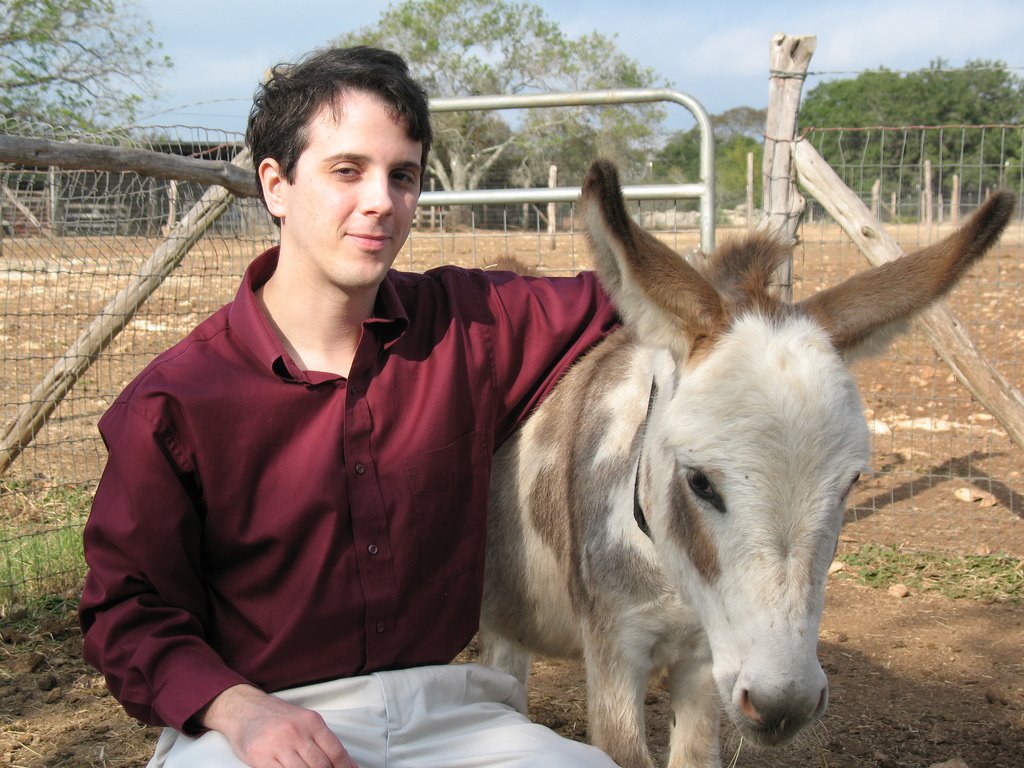
Among the ways I originally rationalized my iPhone purchase was that it served a legitimate purpose for my health. Constant, mobile internet access meant I could check on the gluten-free status of various foods right when they were in front of me. To date this has been a reliable if tedious process of searching the web, usually landing at a post on Celiac.com in which someone at some point called the manufacturer. But there are a few problems with this approach:
- The information goes out of date fairly quickly. Gluten has been quietly dropping from a lot of ingredient lists, and what was true in 2006 may no longer be.
- There's no central organization to it -- Googling is about it.
- The level of detail is inconsistent. Sometimes there's an extensive statement from the manufacturer and sometimes it's "yeah, I ate that and got horribly sick" without mentioning whether or not they chased whatever it was with a glass of raw eggs.
- You have to know what you're looking for. There aren't many lists of "here's a bunch of gluten-free stuff", and what lists do exist are hard to look through.

Occasionally I search the iPhone App Store for all things gluten, and yesterday a new application caught my eye called Is That Gluten Free? The short version of my impression is this: if you've got an iPhone and a problem with gluten, grab it now. If you don't have an iPhone/iPod touch, you
might want to think about getting one.
I consider myself somewhere in the intermediate level of living with celiac disesase. I've got a fair repertoire of things I eat, and occasionally branch out after a little bit of research. But I miss out on a lot of things because I'm not
sure and not sufficiently motivated to look everything up (and generally don't trust reading labels...natural flavors indeed!).
The beauty of Is That Gluten Free? is that it helps you find new foods as well as check on something that's already in front of you. You can explore by category or brand, or just search the surprisingly large database for something specific. Want cookies? It's got you covered. Want Doritos? It knows which varieties are ok. And every single one of them is accompanied by a dated statement from the
manufacturer. So whether you're just getting started on the diet or a veteran looking for new ideas, this application is almost certain to have something to offer, and at $6 you can't go wrong.
Of course, the nerd in me wants to see barcode integration (take a picture of a barcode and it gives you a thumbs up or down) and maybe some "where to buy" maps (or filter the lists based on things available in my area), but that can wait. Right now, this is an elegant, well-designed, and genuinely useful application that I believe will do me a lot of good.
* It's also worth mentioning that the database used by this application is stored on the device itself, so no internet connection is required to use it. So it ought to work fine on an iPod touch in the grocery store.
Links:
Twitter: http://twitter.com/IsGlutenFree
App Store: http://www.itunes.com/apps/isthatglutenfree?




